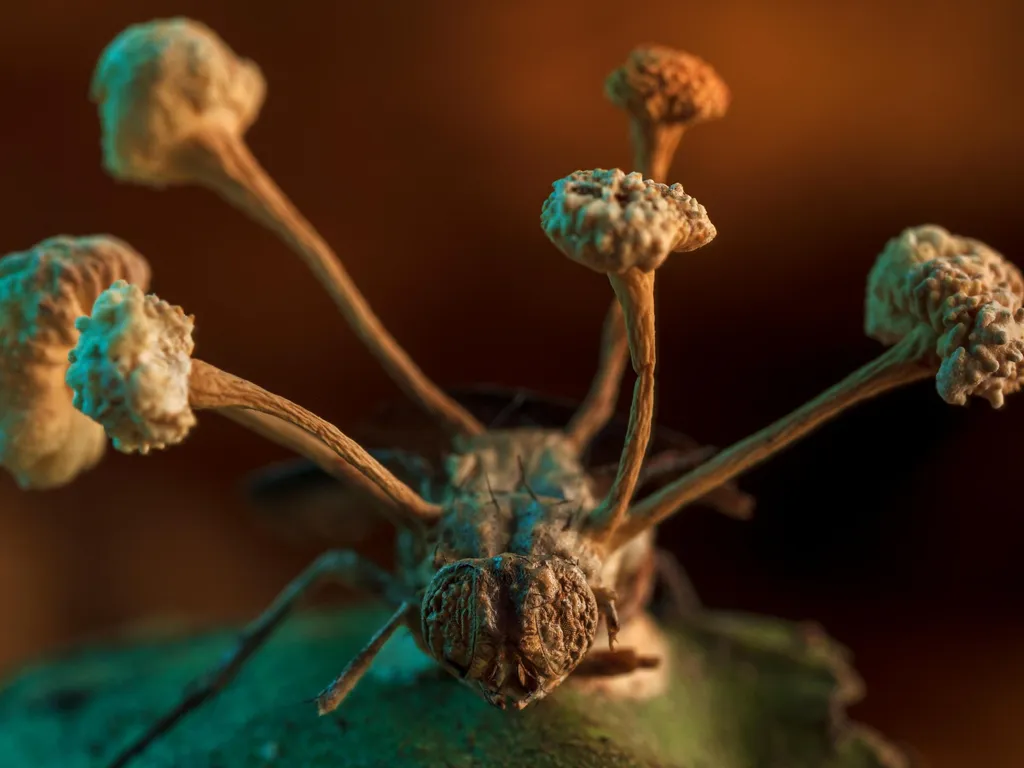In the heart of West Java, Indonesia, a discovery is brewing that could revolutionize the way we tackle one of agriculture’s most notorious pests. Researchers, led by Reza Fauzi Dwisandi from the Department of Biology at Universitas Padjadjaran, have uncovered a promising biocontrol agent that could significantly impact global agriculture and, by extension, the energy sector. Their findings, published in the Journal of Agriculture and Food Research, focus on the common cutworm, Spodoptera litura, a polyphagous pest that feasts on a wide range of crops, causing substantial economic losses.
The team’s breakthrough centers around an indigenous strain of Trichoderma, dubbed LB1, isolated from the cadaver of a S. litura larva. This strain has demonstrated remarkable entomopathogenic, antifeedant, and repellent activities against the pest. “The potential of Trichoderma sp. LB1 as a biocontrol agent is immense,” Dwisandi asserts. “It’s not just about controlling the pest; it’s about doing so in a sustainable and environmentally friendly manner.”
The study revealed that Trichoderma sp. LB1 can infect and kill S. litura larvae with a mortality rate of up to 94.29%. But its prowess doesn’t stop at killing the pest. The strain also exhibits strong antifeedant and repellent activities, reducing leaf consumption by 62% and making treated leaves highly unappealing to the larvae. “This triple action—killing, deterring feeding, and repelling—makes Trichoderma sp. LB1 a formidable tool in our pest management arsenal,” Dwisandi explains.
The implications of this research are far-reaching. For the energy sector, which relies heavily on agricultural crops for biofuels, this discovery could translate into more stable and predictable crop yields. By reducing crop loss to pests, farmers can maximize their harvest, ensuring a steady supply of biomass for biofuel production. Moreover, the use of a biocontrol agent like Trichoderma sp. LB1 aligns with the growing demand for sustainable and eco-friendly agricultural practices.
This research could shape the future of pest management, steering it towards more sustainable and integrated approaches. As Dwisandi puts it, “We’re not just looking at a new pesticide; we’re looking at a paradigm shift in how we manage pests.” The journey from lab to field is still long, but the promise of Trichoderma sp. LB1 is a beacon of hope for a more sustainable and productive future in agriculture and beyond.

